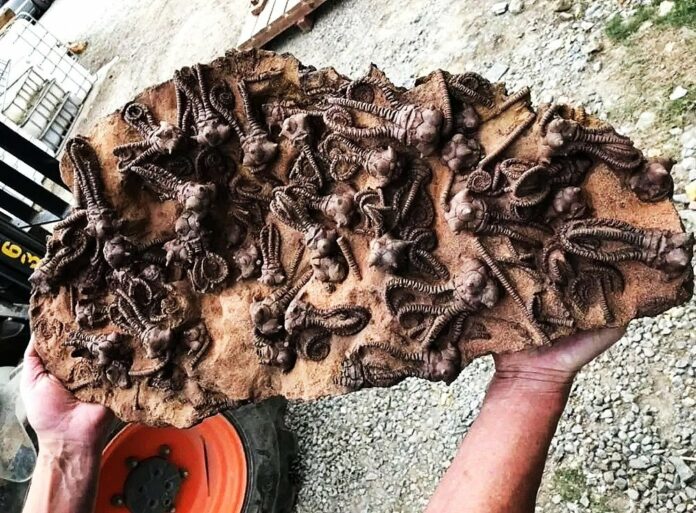Deep within the arid landscapes of Western Australia lies a hidden treasure trove of ancient history, etched in stone and awaiting discovery. Among these geological marvels are the extraordinary fossils of the Jimbacrinus crinoid, a testament to the vibrant marine life that thrived in this region some 280 million years ago.
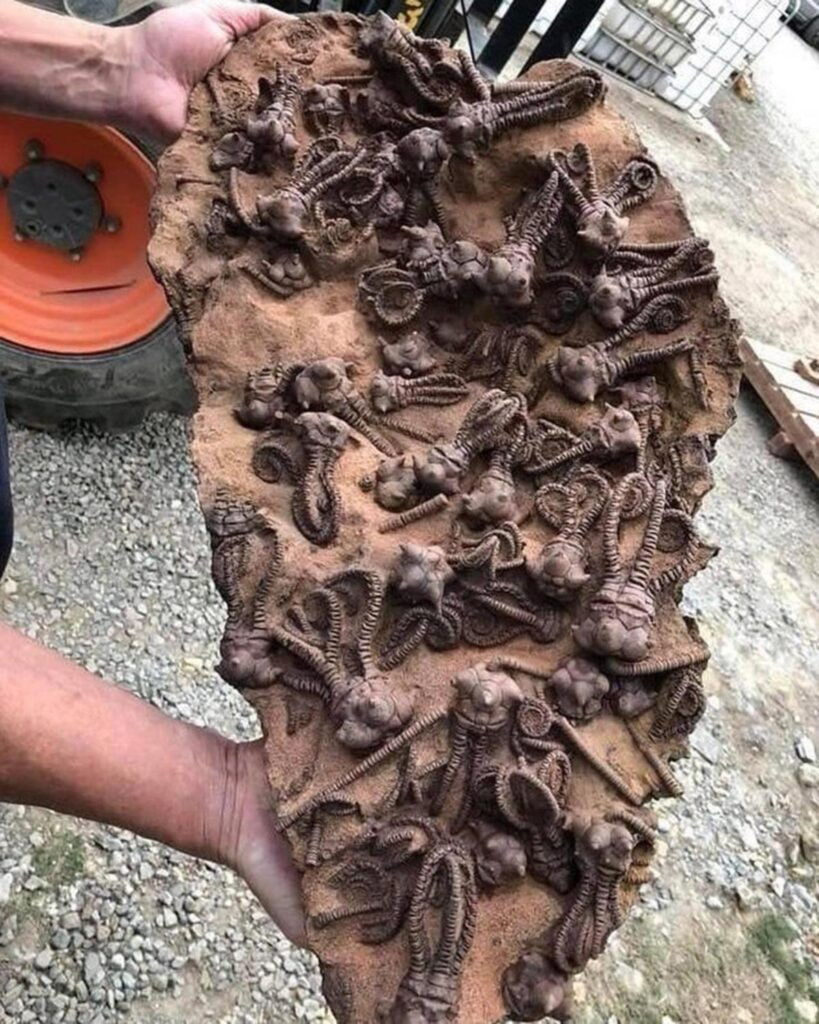
A Glimpse into the Past
The discovery of the Jimbacrinus crinoid fossils in the Gascoyne Junction area marked a significant breakthrough for paleontologists. These fossils provide a rare window into the Permian period, a time when the earth’s oceans were brimming with diverse life forms. Not only do these findings captivate scientists, but they also offer invaluable insights into the evolutionary history of marine organisms.
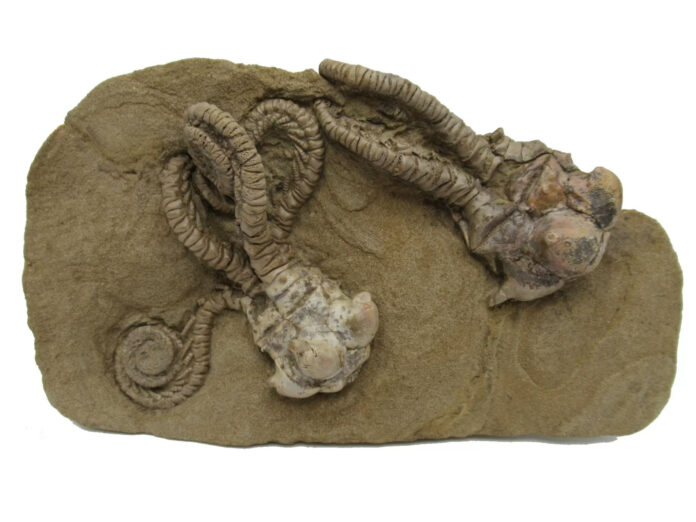
Echoes of an Ancient Sea
Envision a vast, shallow sea covering what is now Gascoyne Junction. It was in these waters that crinoids, often called “sea lilies” due to their plant-like appearance, flourished in great numbers. Over millions of years, layers of sediment buried these ancient creatures, preserving their intricate forms for future generations to discover and study.
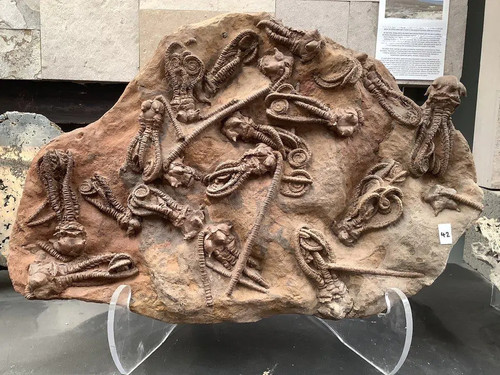
The Intricate Anatomy of Jimbacrinus Crinoids
Jimbacrinus crinoids were complex creatures, featuring a stalk that anchored them to the sea floor and a crown of feathery arms that extended into the water column. These arms, adorned with tiny tube feet, were adept at capturing plankton and other small particles, directing them towards the mouth at the crown’s center. The sturdy stalks indicate their capability to endure moderate to strong currents, showcasing their remarkable adaptability.

Unlocking the Secrets of the Past
The Jimbacrinus fossils are more than just curiosities; they are keys to understanding a long-lost world. By studying these fossils, paleontologists can trace the evolutionary lineage of crinoids, uncovering the adaptive strategies that allowed their survival through various geological epochs. Additionally, these fossils provide insights into the complex web of life that existed in the Permian seas, enabling scientists to reconstruct ancient food webs and environmental conditions with unprecedented detail.
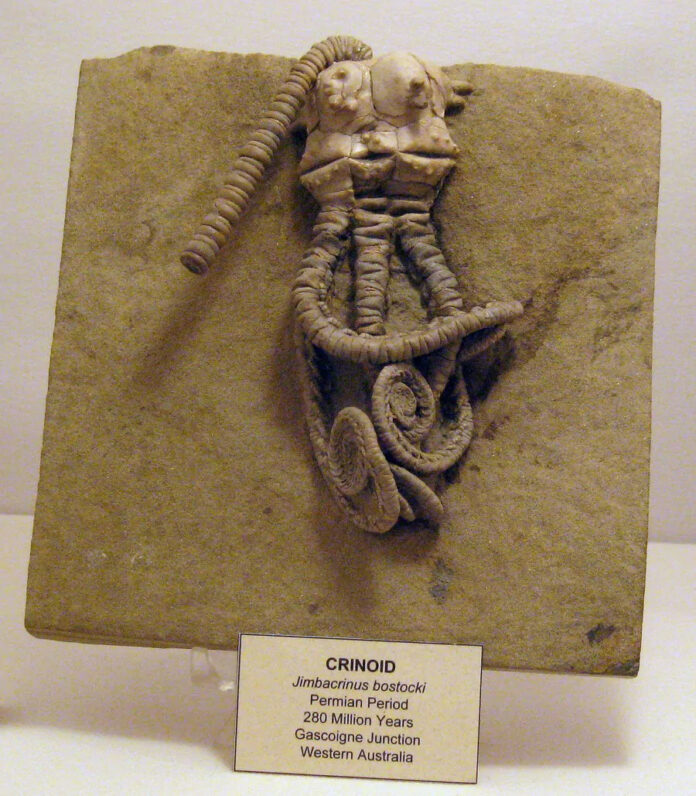
Preserving History for Future Generations
The exceptional preservation of the Jimbacrinus crinoid fossils highlights the unique geological history of the Gascoyne Junction region. Encased in limestone deposits, these fossils have maintained their intricate details, allowing researchers to study their minute anatomical features and conduct comprehensive taxonomic analyses. With advanced techniques such as scanning electron microscopy and computerized tomography, scientists continue to uncover new information about these ancient marine marvels.
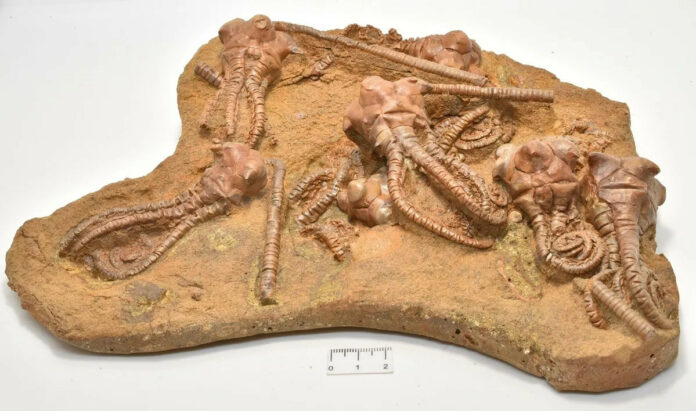
As we study the Jimbacrinus crinoid fossils, we are reminded of our planet’s incredible journey and the diverse life forms that have inhabited it over the ages. These fossils stand as a testament to the resilience of life and the enduring legacy of nature’s wonders.



